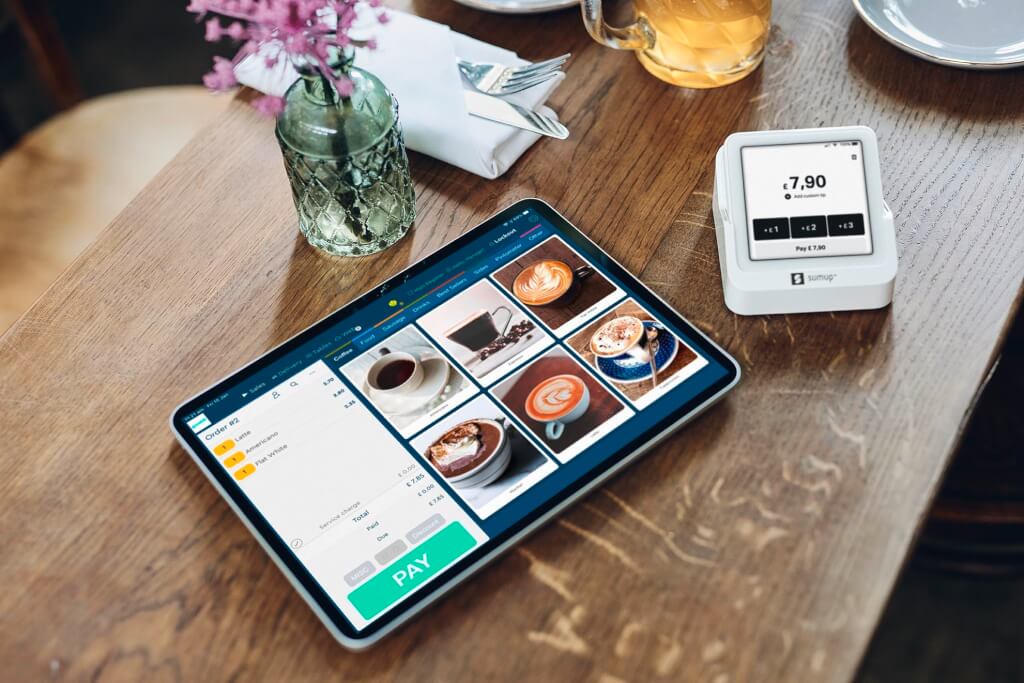ResDiary has released its predictions for the top hospitality trends we can expect to see arise in 2022. From reduced average seating times to the most popular menu items, these are the key things to anticipate when managing your business.
With COVID-19 continuing to cause immense pressure on hospitality, business owners across the industry are searching for opportunities to increase their revenue throughout the year ahead. Global online booking platform, ResDiary, has undertaken a data study of over 1000 pubs, clubs and restaurants across Australia and New Zealand to identify upcoming trends, along with the most prevalent changes to patron behaviour, thereby helping businesses to think ahead and capitalise on these new patterns and predictions.
We’ll break down the top six findings from these results to make sure you’re prepared to maximise your chances of adapting to the new hospitality climate; and thinking strategically about how you might be able to streamline your POS and booking management tools, cut costs, and increase the overall efficiency of your operations.
Whilst some doors have closed, many new opportunities are coming in 2022.
Prediction #1: Pre-order and delivery were the most adopted technologies in 2021. It will come as no surprise to many that one of the most significant changes to the hospitality industry last year was the skyrocketing demand for pre-order and delivery services. Ongoing restrictions meant that many if not all, hospitality businesses faced the challenge of considering or adapting to contactless trading. The good news for those who were able to make the transition is that the demand for pre-order and delivery is predicted to remain prevalent in 2022 as people still face periods of isolation, hesitance to dine in-venue, and a looming possibility of unforeseen changes to restrictions.
Prediction #2: Takeaway has continued to grow by 40% in 2021. People embraced takeaway more than ever in the last year. This is expected to continue to increase as some consumers remain cautious about in-venue dining or have grown accustomed to the joys of a chef-prepared meal in the comforts of home. With ongoing struggles to operate at full capacity and many venues having successfully made takeaway options a prominent integration to their trading operations, seamless ordering and contactless payment options via online orders remain a viable way to increase income and stock turnover.
Booking data needs to be at the core of operations.
Prediction #3: Over 55% of total bookings were made through online channels. Restaurant websites and third-party diner booking platforms were responsible for taking the majority of bookings. Naturally, online bookings are only set to rise given the ongoing transition of undertaking daily tasks via digital platforms and continuing increase in booking enquiries made via social channels. Efficient, accurate and easy-to-use online booking systems make it easier for venues to determine their operating hours and staffing requirements under the ongoing pressures of the current climate in the hospitality industry.
Prediction #4: Over 80% of venues are yet to unlock the power of integrating their POS with their booking and table management software. Integrating management software with POS can allow venues to accurately forecast revenue by calculating the number of bookings and average spend per order based on previous orders and spend data. This insight can equip venues to make informed predictions regarding stock orders and estimated revenue and is more valuable than ever considering the current strain on produce, staff, and venue capacities. Hundreds of venues across Australia and New Zealand have saved money on resources and maintained a smoother management process with this simple fix.
Understanding your diners is paramount.
Prediction #5: The average patron is now making reservations 7.5 days before their desired booking date. After many weeks spent indoors throughout 2021, patrons are still keen to enjoy an in-venue dining experience. However, booking lead times have noticeably increased, as patrons prefer to plan ahead and guarantee their reservations following increased limitations on venue capacities. A simplified booking process and increased visibility online means capturing more potential customers who are planning their next outing or social gathering, as well as leveraging on the opportunity to predict stock levels and staff requirements based on confirmed reservations.
Prediction #6: We’ll see a trend towards shorter dining times in 2022. In 2021, diners were hungry to get out, and happy to opt-in to shorter sitting times. This resulted in a 16% increase on 30-minute seatings and 20% increase on 60-minute seatings. Interestingly, 180-minute seatings decreased by a significant 38%. As this trend continues to carry on throughout 2022, venues have the potential to reassess their seating time options to increase table availability by an additional 1-2 seating times per day, based on the new preferred average length of dining experiences.
With these changes in mind, 2022 is shaping to be an exciting year for the hospitality industry as it embraces technology and enjoys a reinvigorated sense of appreciation and enthusiasm from patrons keen to connect and enjoy themselves.



